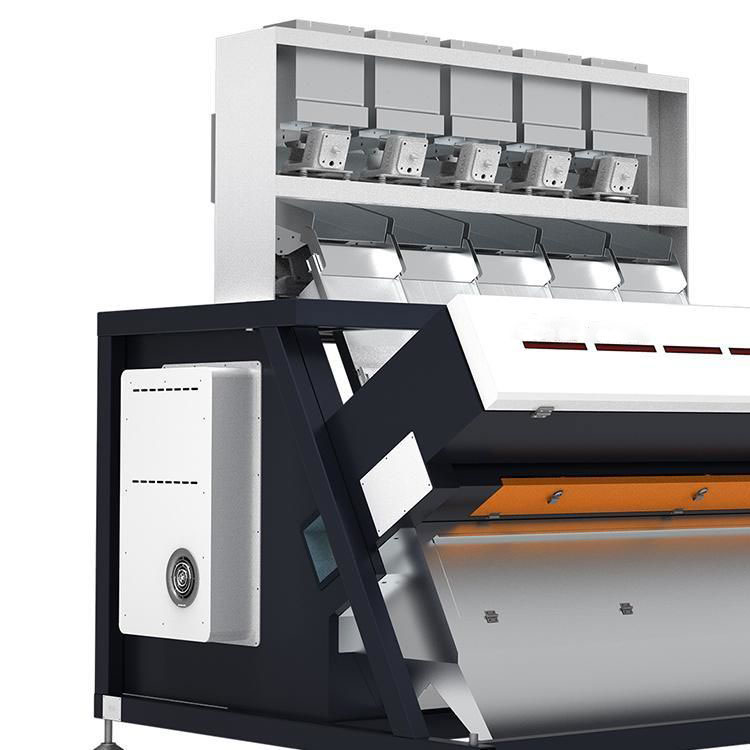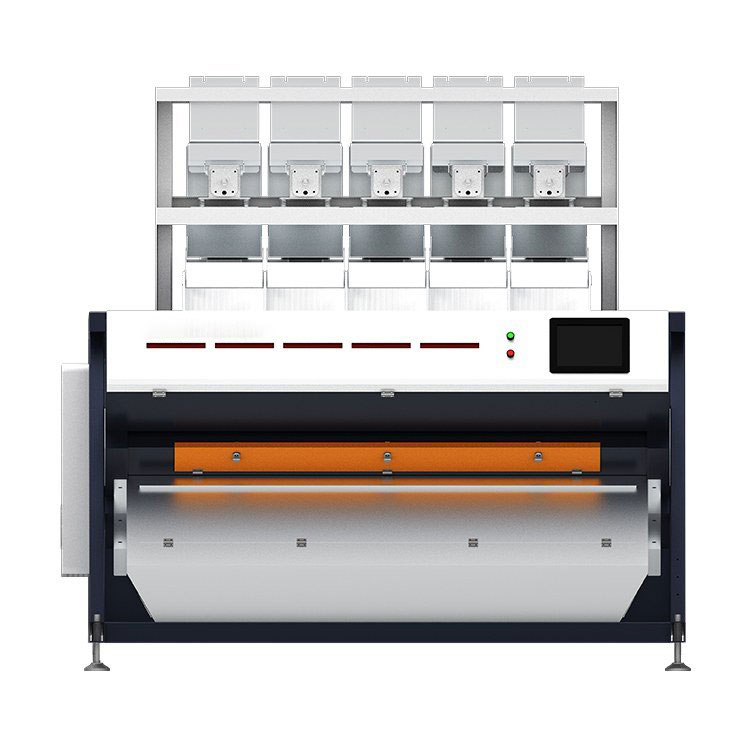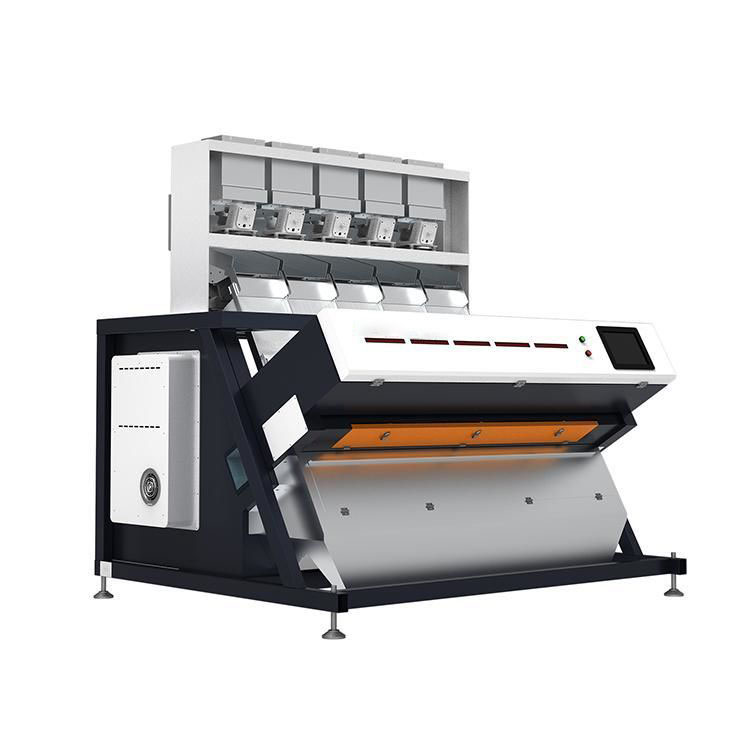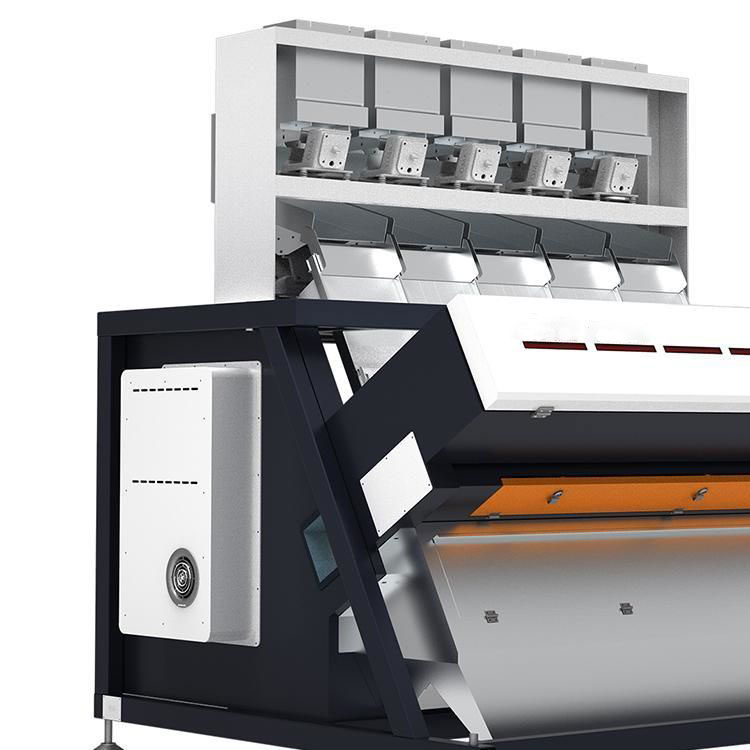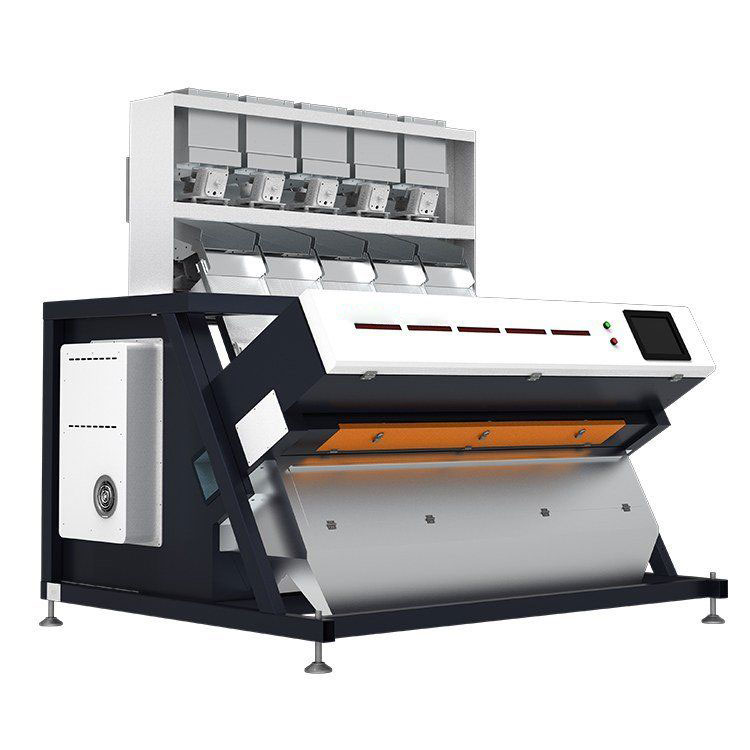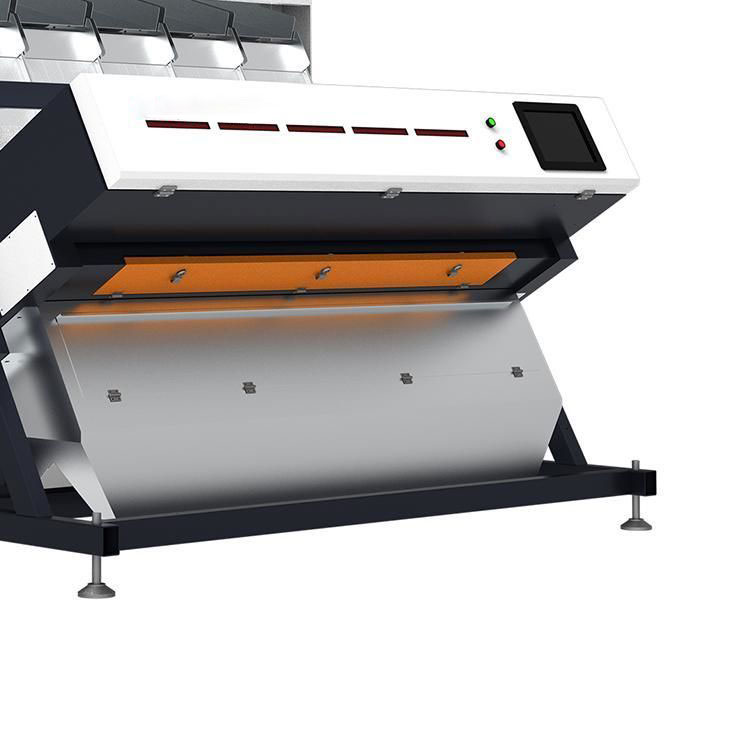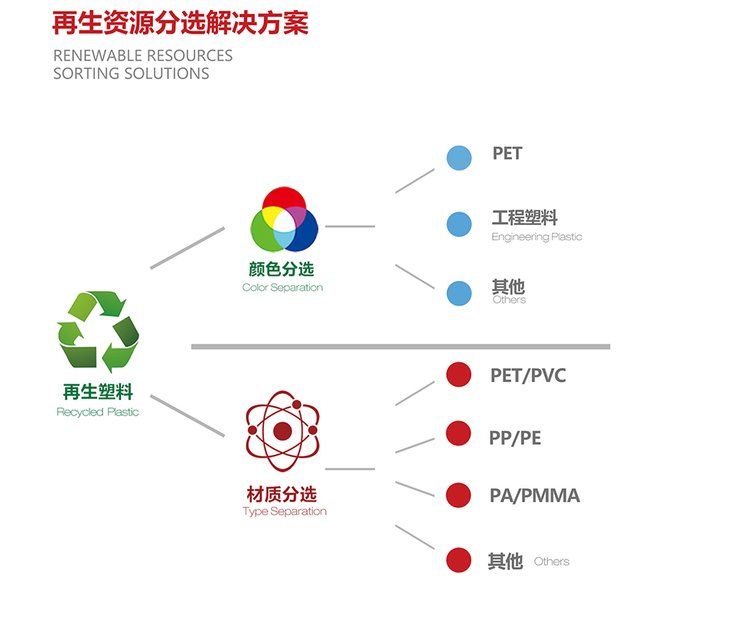METKEY Infrared Plastic Optical Sorter are designed to separate the specific plastic from a recycled plastic mixture based on their types. You can use it to get one kind of plastic from the crushed plastic waste at every sorting, including PP, PE, PVC, PET, and other types.
Sorting Objects: Plastic flakes or plastic pellets
Capability: 0.5 ~12 ton/h depends on your requests;
Sorting Precision: 99.9%
Language Setting: English, French, Spanish, Portuguese
Free Service: Commissioning + Startup + Training
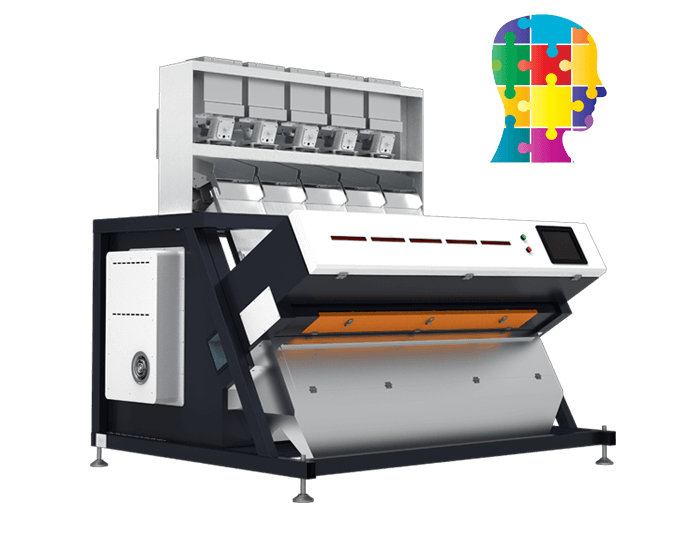
Infrared Plastic Optical Sorter is ideal for PET and PVC flake separation
Infrared Plastic Optical Sorter is capable of identifying polymer materials by type. This device distinguishes and sorts plastics by the difference in infrared emitted from different plastics.
Therefore, it is possible to effectively distinguish all types of plastics including:
– PP-PE– PVC
it allows separating one type of plastic in once sorting and sorting capacity ranges from 0.5 ~ 6 tons per hour.
First Near Infra-Red sorting system used to sort and recycle material like plastic, paper, and textile according to types.
The new technology level allows it sort of PET plastic from the mixture.
NIR Technology is based on reflectivity within the range of 1100 to 2100. During the range, all plastic materials have their properties, keep one thing in your mind this range of wavelength is not visible to the human eye.
Modern sorting systems can sort different types of plastics easily, such as PP, PS, PC, or PVC, even also helps to identify materials that are cellulose-based like paper, cardboard, or wood, and fibers.
How does Infrared Plastic Optical Sorter work?
When Near Infra-red light hit to the plastic material, it reflects towards internal camera sensor.
After detecting the faulty particles, air pressure ejects the defected pieces and collect fine material.
NIR technology used to separate PET plastic from a plastic mixture.
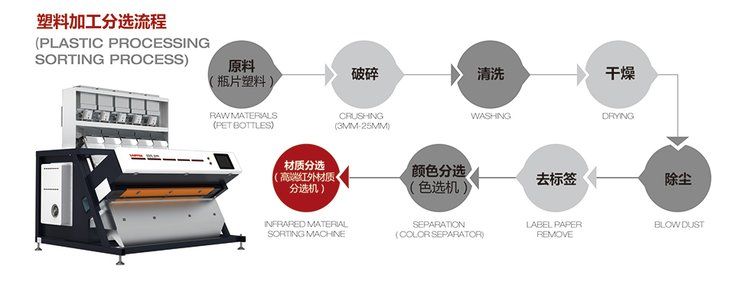
Common Parts of Infrared Plastic Optical Sorter
These are the parts of NIR machine which need cleaning properly
– Air Nozzle
– Belts
– Glass cover
– Optical cover
– Valve block
– Outlet chutes
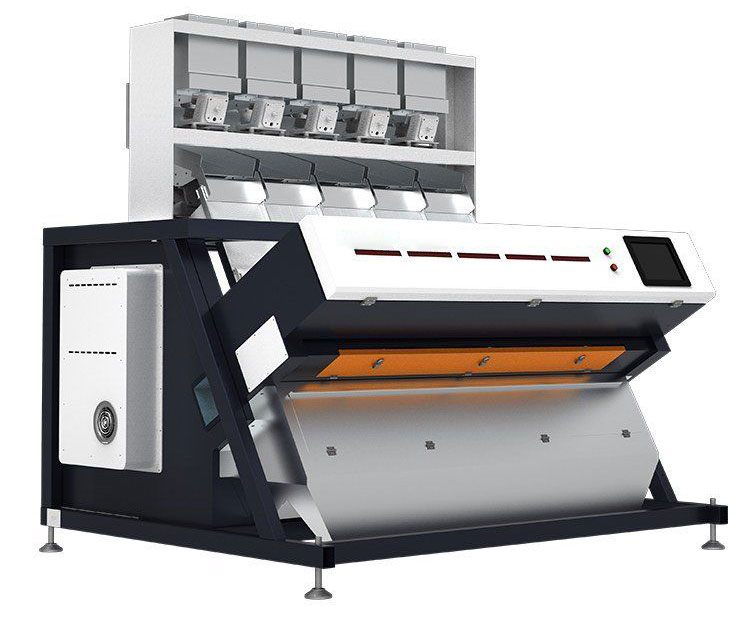
Advantages of Infrared Plastic Optical Sorter
– Precise and accurate evaluation of measured data
– Continuous safe scanning process without broken particles
– Air pressure discharge window available
– Highly reliable scanning, providing high-quality products
– Sensor width 5 meters possible
– The high optical and spectral resolution
– Smooth process till the end
– Programmable system
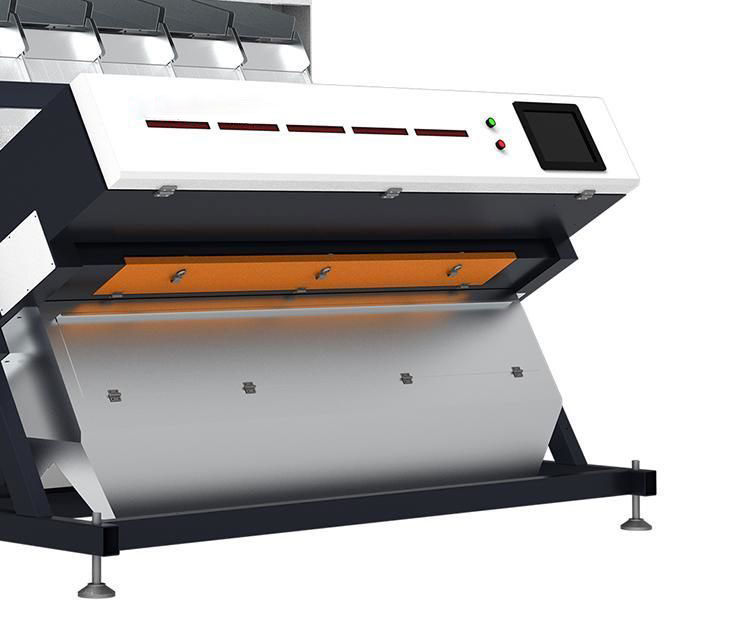
NIR Technology Features
Integrated MMI
-NIR sorter provides more comfort when it attaches to the high-resolution touch screen
-Fast Sorting Technology
-The NIR sorting technology integrated with proper equipment to avoid noise and for better quality and accuracy.
-NIR machines help to separate the type of plastic according to the material.
On the other side, sorting with a CCD camera is also an efficient way. Still, it can sort your products according to the color difference.
Resizing
Resizing comprises of shredding or crushing the plastic waste into little particles.
It expands the surface area of the plastic, making it simpler to process, reshape, and transport if necessary.
Moreover, it gives recycling facilities one last chance to remove any non-plastic waste that has endured the initial three stages of processing.
It frequently is done with metal detectors or magnets that will help to remove any remaining metal in the mixture.
Identification and Separation of Plastics
The identification and separation of plastics is the point at which the little plastic particles are tested to decide their quality and class.
The first quality test is density. It finished by floating the particles in a huge tank of water.
Particles less thick than water will float, and increasingly dense particles will sink.
Next, their air classification resolved. Air classification is a term for how thin or thick a molecule is.
The process mentioned above, completed by dropping the particles into a little wind tunnel. The small pieces will fly higher up the tunnel, and greater ones will remain lower.
Two different features of plastics usually tested for are their melting point and color. These controlled by collecting and analyzing samples from each group of plastic particles.
Compounding
The last step in the recycling procedure is often considered the most energizing since it is the point at which the plastic particles made into recycled materials used for future production.
Compounding is the point at which the little particles are crushed and melted together into plastic pellets.
The pellets can then be able to use in the creation of other plastic products.
Throughout this procedure, the plastic might be moved to various plants that have practical experience in multiple steps of the process.
It could be energy-intensive, and the better instructed we are about the procedure, the more we can reduce the time and energy it requires.
